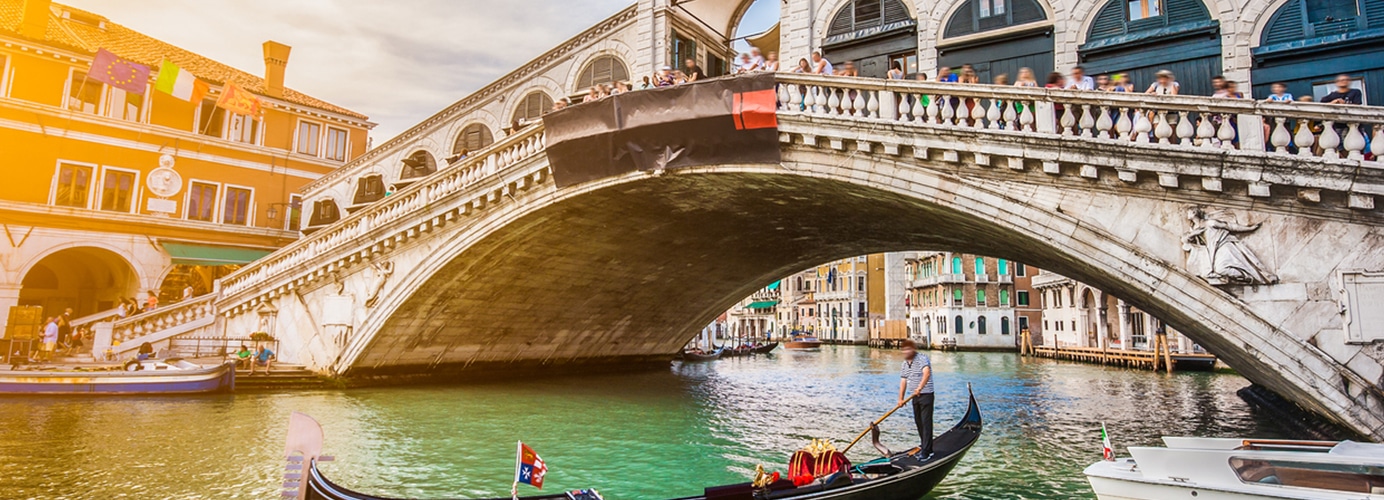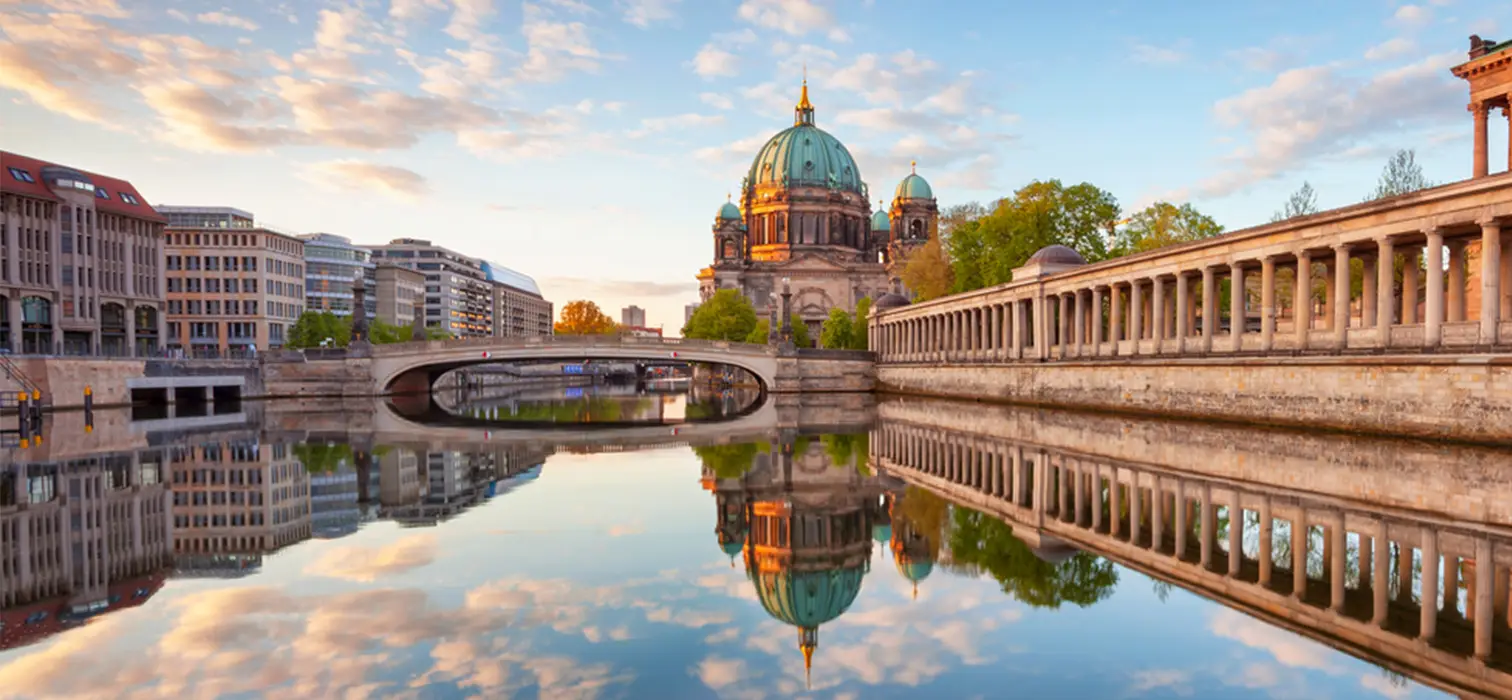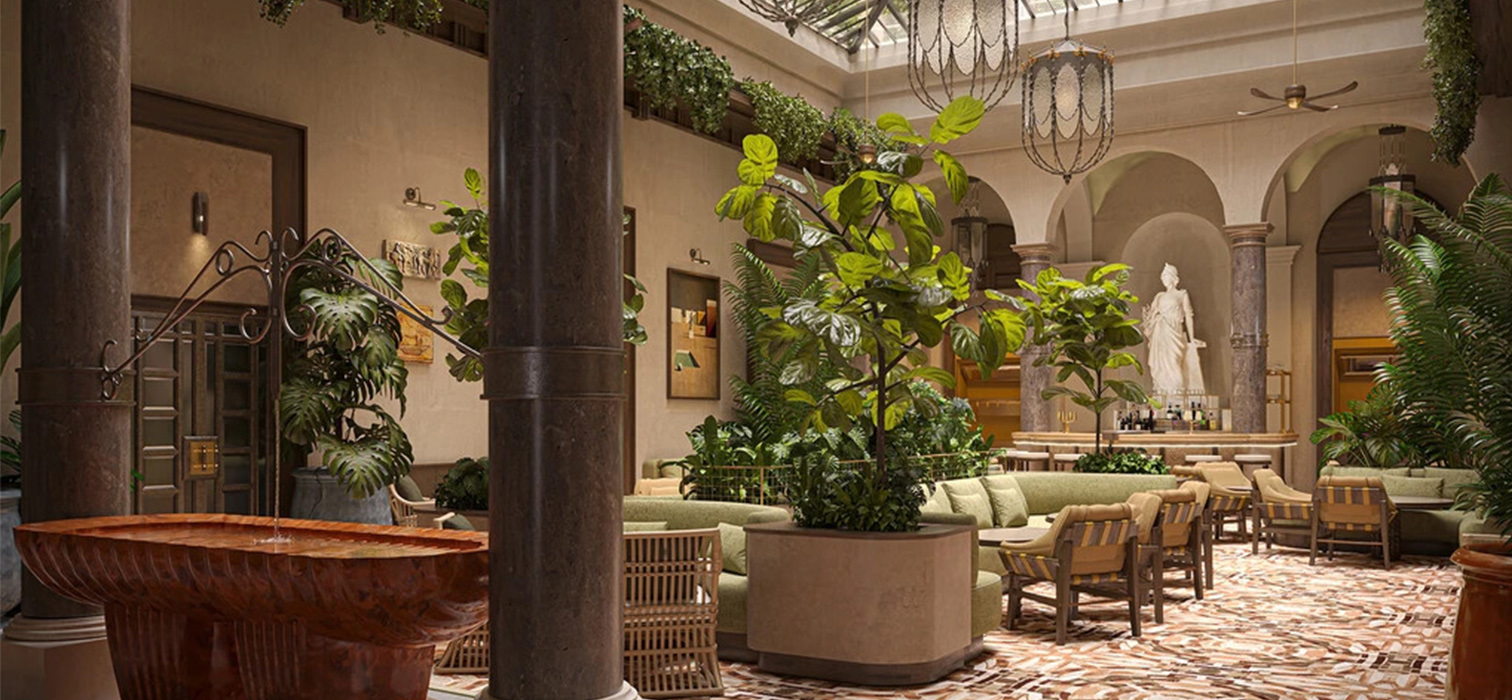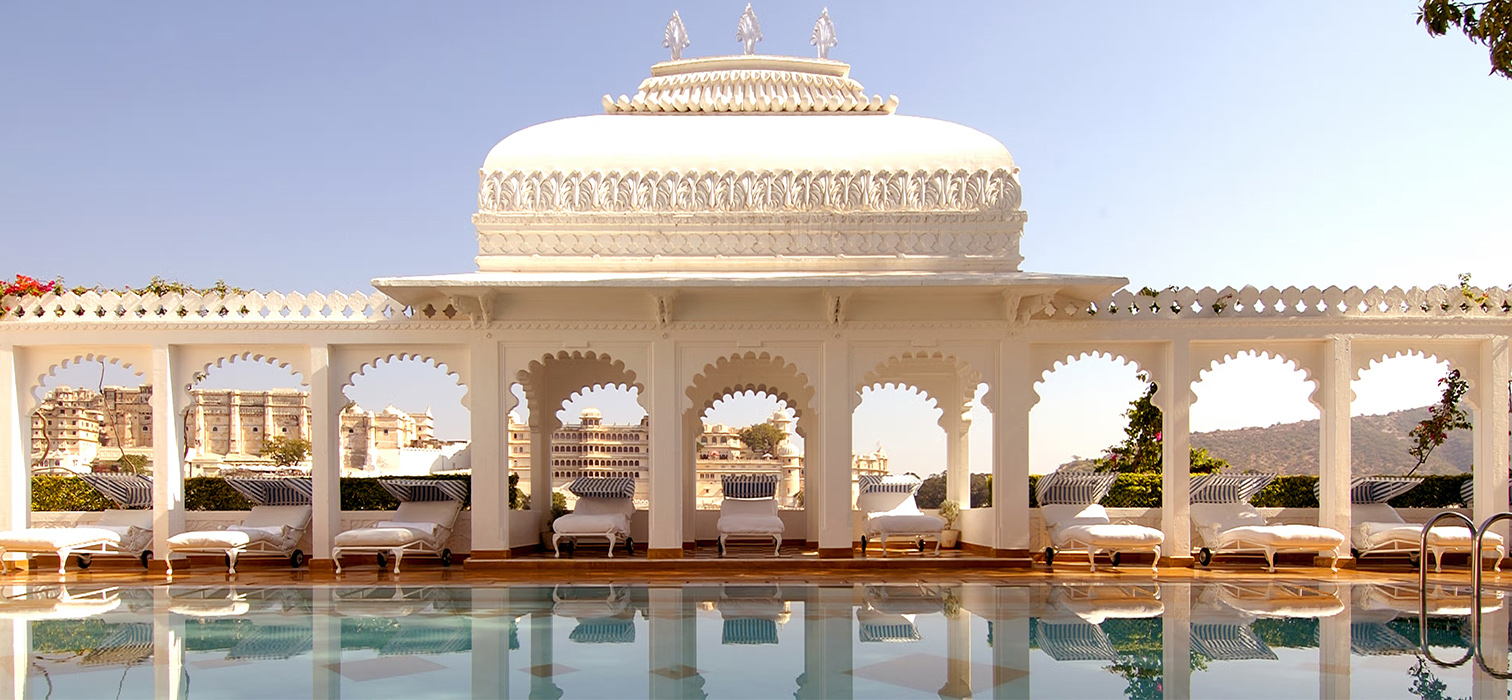
Here is Venice guide for museums, galleries, cafes, restaurants and hotels that you must experience in this beautiful city, which might be flooded…

As one of the cities that affected by climate change, Venice is likely to be under water in the near future. Yet, the city is resisting. With the historic Venice Carnival starting this month and the Venice Biennale opening on April 20, the city will once again welcome hundreds of thousands of guests and offer them historical and architectural treasures that they will never see anywhere else in the world, as well as the innovations expected from a modern European city. Every day passes without a new gallery, museum or restaurant opening on its streets. World-famous hotel chains are still coming to Venice with new multi-million-dollar investments; Michelin-starred restaurants are inhabiting historic buildings; luxury fashion brands are opening new boutiques. In short, no matter what happens, Venice vows to live forever.
Here is a Venice city guide for who planning to the city for the carnival and the biennale.
“The floating city” Venice, built on 118 islands separated by canals and connected by bridges, was called “the drawing room of Europe” by Napoleon, especially since the famous Piazza San Marco has a lively atmosphere that welcomes crowds from all over the world at all times of the year. Surely, when you visit the city, you must see this square, climb the bell tower and take photos of the unique views.

There are various alternatives to discover the history and artistic beauties of the city, such as Museo Correr famous for its porticoes, which is one of the museums that should be on your radar. Sitting in one of San Marco’s famous cafes, having a drink and looking around is a must-do activity. Our favorites include the 300-year-old Florian, the second oldest café in the world, which has been open since 1720; Ombra del Leone, where gondoliers prefer street food; and Quadri, which has a Michelin-starred restaurant upstairs and was recreated in 2018 with the touch of legendary architect Philippe Starck. And don’t forget to spend some time on the terrace of the oldest café in Venice, Cafe Rosa Salva, located in Campo Santi Giovanni e Paolo square.

Ponte di Rialto is one of the most important historical places that you should see, as the most famous bridge and one of the most magnificent architectural monuments of the city. Since 1591, the Rialto Bridge has been connecting the San Marco and San Polo districts via the Grand Canal and is the most well-known of the 438 bridges in the city, ranking second only to Piazza San Marco in terms of the number of visitors. While visiting the area, you can try the flavors of Osteria Antico Dolo, which was a famous tavern in the 15th century and turned into one of the city’s historical and touristic restaurants.
Venice has two faces, say the locals: the Venice seen from the land and the Venice seen from the water. That’s exactly why an unforgettable gondola ride is next on the agenda. A gondola ride, the symbol of Venice, will be one of the most unforgettable moments of your trip. Because gondoliers, who once numbered over a thousand, have also become extinct. Today, only 433 licensed gondoliers paddle the city’s 150 canals. It is a unique opportunity to watch the city from the water and listen to the fairy tale stories told by the gondoliers…
If you are interested in history and architecture, you can visit the Basilica of San Marco, considered one of the most refined examples of Byzantine architecture and the residence of the Patriarch of Venice since 1807; the Doge’s Palace, a unique example of Venetian Gothic, known as the palace of the Venetian dukes; La Fenice Opera House, which has been in service since 1792 and fascinates with its neoclassical architecture; the Bellini altar in the 15th-century masterpiece San Zaccaria Church, one of the most important examples of Renaissance art; and the Gallerie dell’Or, which houses an impressive collection of paintings by world-famous Venetian artists such as Bellini, Titian and Mantegna. The Bellini altarpiece in the 15th century masterpiece San Zaccaria Church and the Gallerie dell’Accademia, which houses an impressive collection of paintings by world-renowned Venetian artists such as Bellini, Titian and Mantegna, are among the historical sites we recommend you visit.

The Carnival of Venice, which has been going strong since 1162, lasts for two weeks and is the talk of the world with its masquerades. But if you really want to enjoy this colorful and mysterious carnival, don’t miss Il Ballo del Doge, a masquerade ball that has been held since the 15th century.
And of course, we wouldn’t recommend leaving Venice without hearing the story of the world-famous Murano glass. The Murano Glass Museum on the island of Murano showcases the traditional art of glassmaking and the unique technique that has been around since the 13th century. Not to mention valuable souvenirs.
Let’s leave history aside for a moment and look at the modern side of the city. Located in the 15th-century Palazzo Lezze-Michiel, steps away from the Gallerie dell’Accademia in a Renaissance Gothic building, the Barbati Gallery enlivens Venice’s art scene year-round with exhibitions of extraordinary works by both leading contemporary artists and emerging talents. Similarly, Giorgio Mastinu Fine Art, a favorite of both local and international creatives, is currently making a name for itself with its selection of works by young artists.

On our list is a 700-year-old Venetian palace renovated before his death by the world-famous Carlo Scarpa, one of the first architects and designers to experiment with industrial design. The Fondazione Querini Stampalia is today one of the most valuable and best preserved museums in Europe. A modernist gem in the middle of the city with preserved historical qualities, the Fondazione’s upper floors are home to masterpieces by Giovanni Bellini, Canaletto, Domenico Tintoretto and Giovanni Battista Tiepolo. In the meantime, try to see the different works of Carlo Scarpa all over the city.
Of course, there are many hotels you can stay in Venice. Venice Venice, our favorite among the newly opened ones, is located in the Palazzo Ca’da Mosto, a Venetian-Byzantine palace from the 13th century and impresses with its carefully preserved historical characteristics. Sleep in one of the hotel’s “post-Venetian” rooms and enjoy the precious art collection that accompanies you in every corner.

If you’re looking for a more modern option, the new 43-room Nolinski Venezia is located in the city’s old stock exchange building, just a short walk from boutiques such as Dolce & Gabbana, Saint Laurent and Giorgio Armani. Designed by award-winning architects Yann Le Coadic and Alessandro Scotto, the hotel combines contemporary modernism with Italian Art Nouveau architecture in its interior design and decoration.
There are some restaurants and bar options for nights: Il Mercante is a magnificent cocktail bar located inside a historic Venetian cafe from the 1870s. Explore the aesthetically pleasing structure and enjoy delicious pre-dinner cocktails. Then treat yourself to a fine dinner at the nearby Michelin-starred Ristorante Wisteria, where you can choose from the seafood-heavy “Serendipity” menu. Or try Zanze XVI, another Michelin-starred restaurant inspired by Venice’s culinary traditions and serving dishes made with only locally sourced ingredients. For a complete culinary journey, we recommend the five-course “Taste of Venice” tasting menu.




